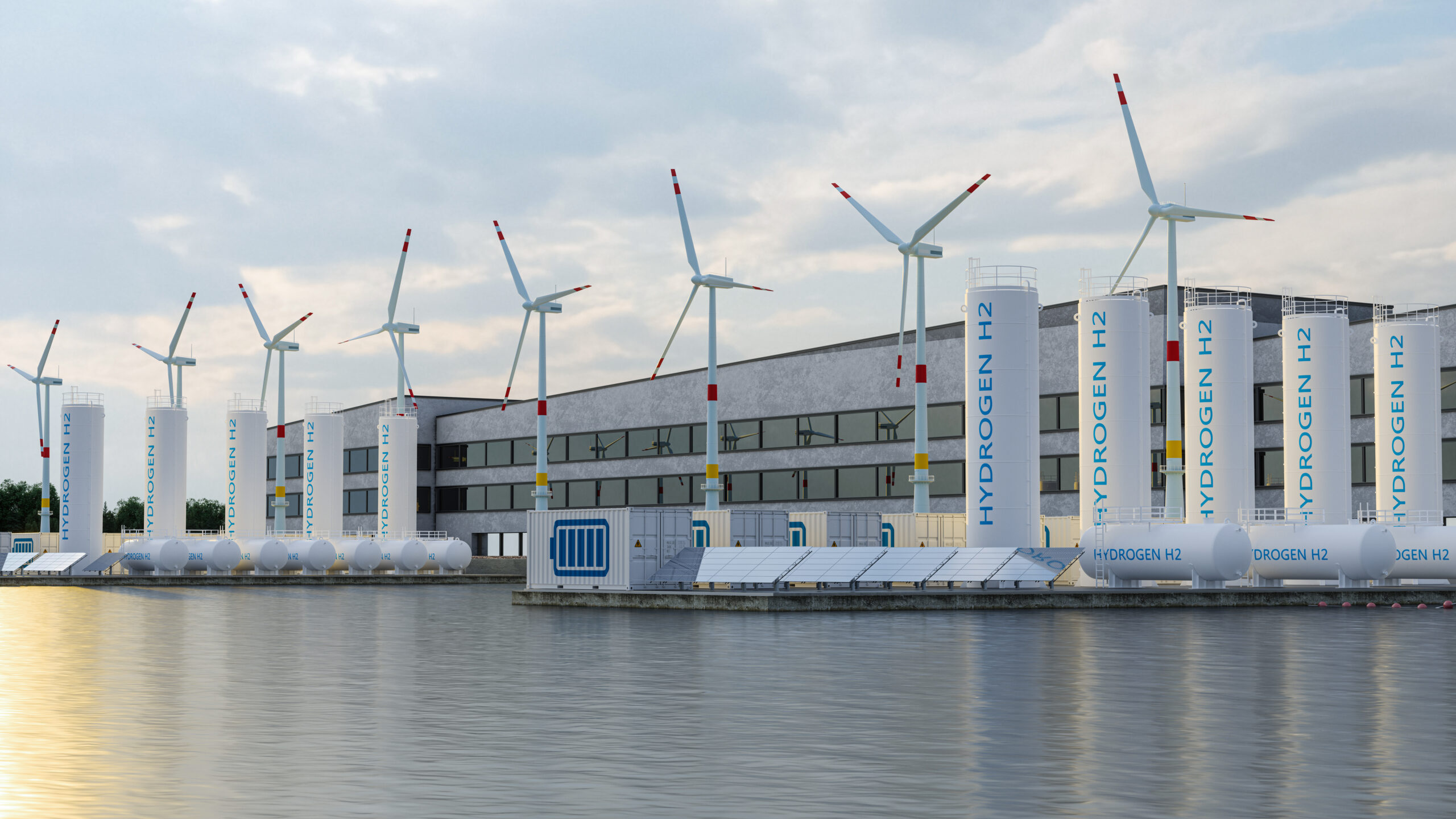As India seeks to harness renewables to power its net-zero ascent, enabling industries to retrofit infrastructure and adopt clean technologies remains capital-intensive. Prevailing climate financing architecture spotlights inherently “green” domains such as solar and electric mobility, while underserving the decarbonisation needs of carbon-heavy sectors. This skewed allocation threatens to constrain the transition pathways of sectors vital to India’s economy, such as cement, steel and energy. How do we address this gap and accelerate impact?
In our new report – Accelerating India’s Human-Centric Growth – we propose four game-changing archetypes aimed at positively transforming India’s pathway to net zero. The first of these proposals, ‘Transition Finance Collaborative’, directly addresses the challenge of green financing for hard-to-abate sectors.
Evidence shows that the availability and allocation of affordable transition finance for climate change mitigation and adaptation projects in India’s hard-to-abate sectors are not supported by conventional green finance mechanisms, and thereby spur Indian industries’ pathways to net-zero. Transition Finance Collaborative would be a multi-stakeholder approach that aims to develop policies and frameworks that expand access to affordable finance for emissions-reduction initiatives not supported by mainstream mechanisms.
Learn more below about this archetype or download the full report.

The opportunity
The absence of widely accepted taxonomy and national sectoral roadmaps has resulted in a limited capital available for transition projects in hard-to-abate sectors. Remedying this imbalance requires synchronised steps across value chain stakeholders to broaden access without compromising transparency – both being vital to nurturing a thriving transitional finance ecosystem.
Industry captains and government agencies need to co-create granular roadmaps interweaving sectoral decarbonisation priorities with national targets. Financial institutions must then formulate innovative instruments aligned to these trajectories. For instance, transitional projects enabling emissions efficiency improvements deserve recognition alongside inherently green activities. Adopting technological solutions to responsibly track financed outcomes instils accountability.
Most importantly, the perspectives and constraints of corporates, investors and innovators in the Indian context must anchor resulting frameworks for seamless adoption. Rather than a piecemeal approach, designing holistic systems through cross-sector studios can solve complex puzzles of steering capital flows to urgent climate needs.
The significance of the collaborative
This collaborative aims to bring together industry leaders, government agencies, financial institutions and civil society to formulate guiding principles for transition finance through collective expertise. Resulting standards can equip investors to evaluate opportunities and fund projects that put hard-to-abate sectors on decarbonisation trajectories aligned with national priorities.
By integrating inputs from key players, the collaborative can develop practical financing guidelines for the Indian context, create sectoral roadmaps aligned with India’s net-zero goals, and work towards integrating transition finance with green financing guidelines.
Implementation roadmap
Realising this archetype necessitates a three-phase approach. The first design phase will define priority sectors and activities through research and consultation. The second engagement phase will onboard relevant institutions through workshops and communication campaigns, socialising the concept. Finally, the execution phase will implement collaboratively developed policies through advocacy.
Key workstreams under the collaborative span taxonomy development, innovative funding mechanisms, sectoral roadmaps, aggregating overseas finance and robust monitoring.
Global inspiration
Japan’s entity-based guidance for companies seeking transition finance through customised sectoral advice.
Japan illustrates that national stewardship can effectively harness financial architectures to drive decarbonisation. Its Ministry of Economy, Trade and Industry, crafted targeted frameworks spanning priority sectors that contribute to the government’s ambitious targets of achieving a 46% reduction in greenhouse gas (GHG) levels by 2030 compared to 2013 levels, and attaining carbon neutrality by 2050. This proactive stance catalysed the uptake of transition bonds, financing urgent retrofits beyond just green niches.
The EU and ASEAN’s taxonomy method of verifying and labelling sustainable economic activities.
EU and ASEAN have adopted a taxonomy-based approach that compartmentalises activities as absolutely sustainable or unsustainable, providing investors and businesses with clarity by categorising sustainable activities and aligning them with environmental objectives. Blending suitable aspects of each approach promotes applicability across India’s diverse industrial landscape.
The way forward
Providing stranded sectors with access to affordable capital is indispensable for actualising India’s resilient and equitable growth ambitions articulated during its G20 presidency.
The Transition Finance Collaborative archetype puts forth a structured forum for unlocking such financing avenues through context-specific and participatory policy formulation. Thus, it holds immense potential for activating the investments urgently required to progressively decouple economic growth from fossil fuel usage and catapult sectors onto viable net zero pathways.
In the long run, such interventions promise to not only accelerate India’s energy transition, but also propagate replicable models for other developing countries to emulate.
You can find out more by downloading the full report.
Download Now


